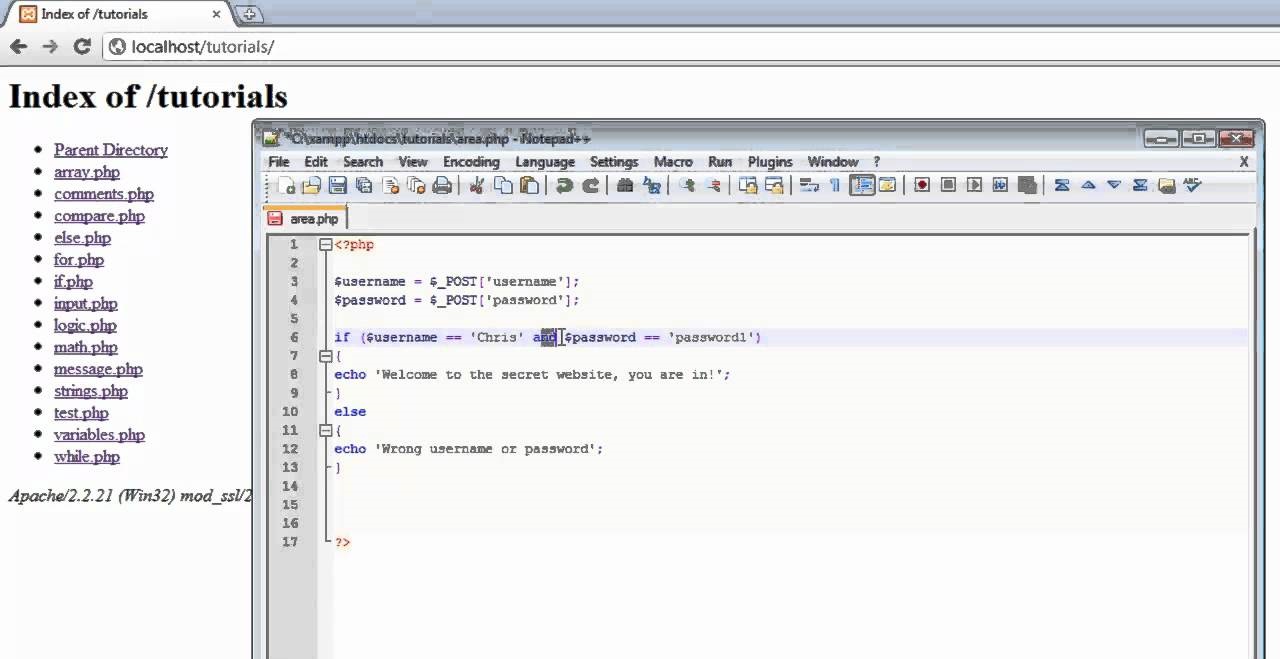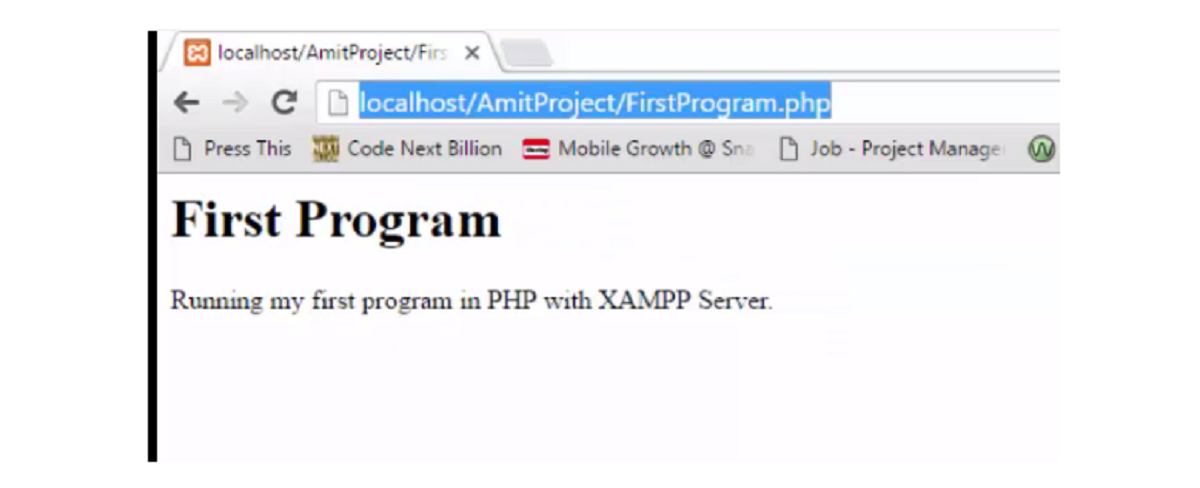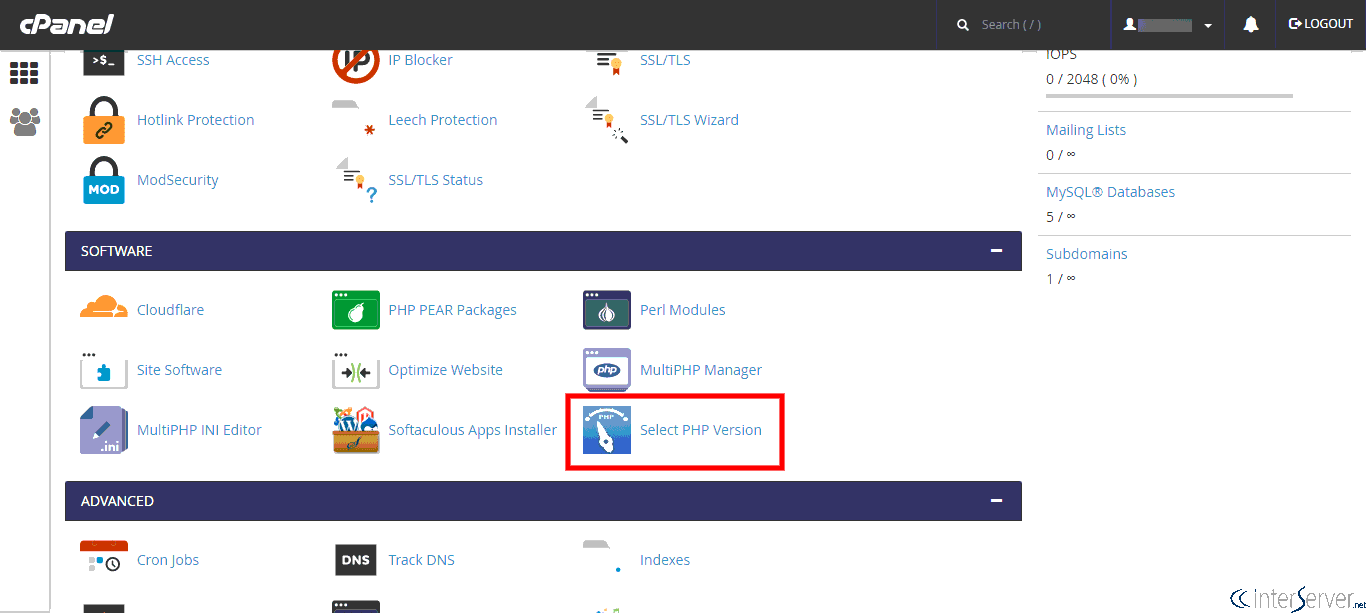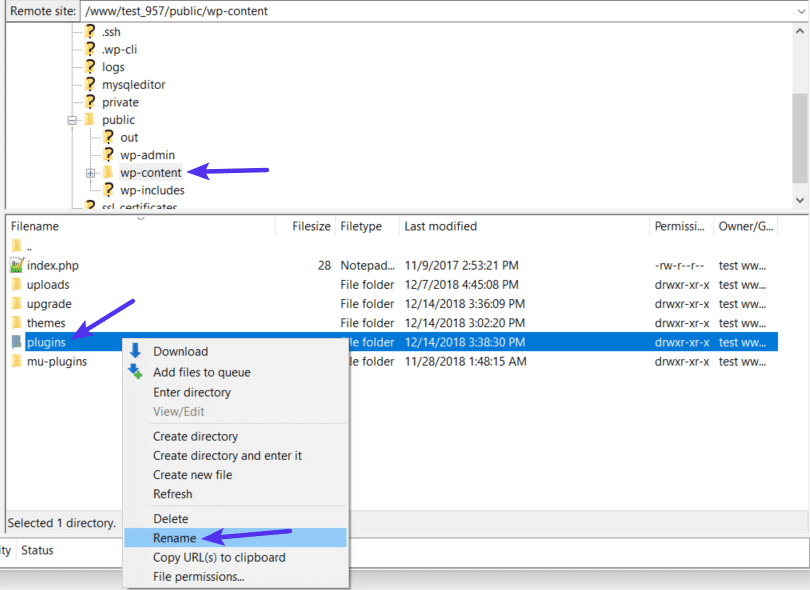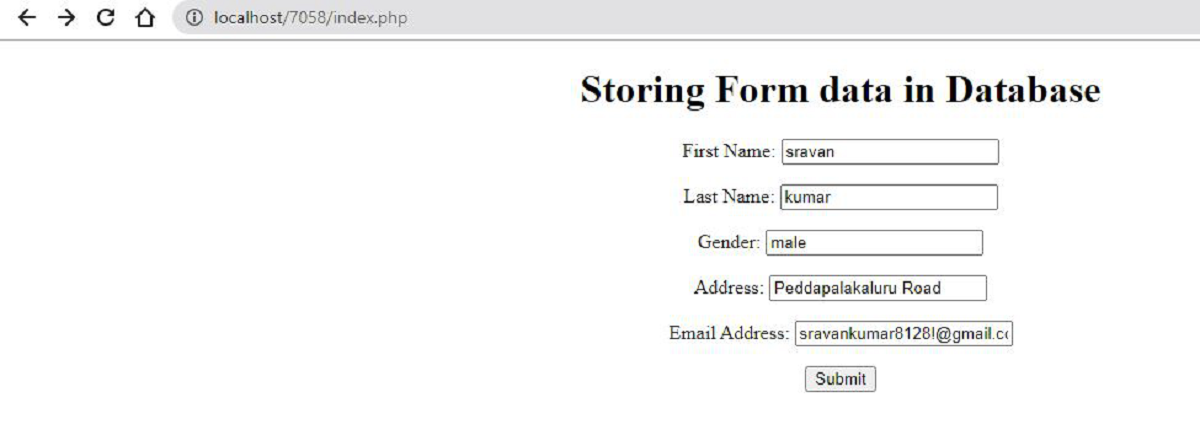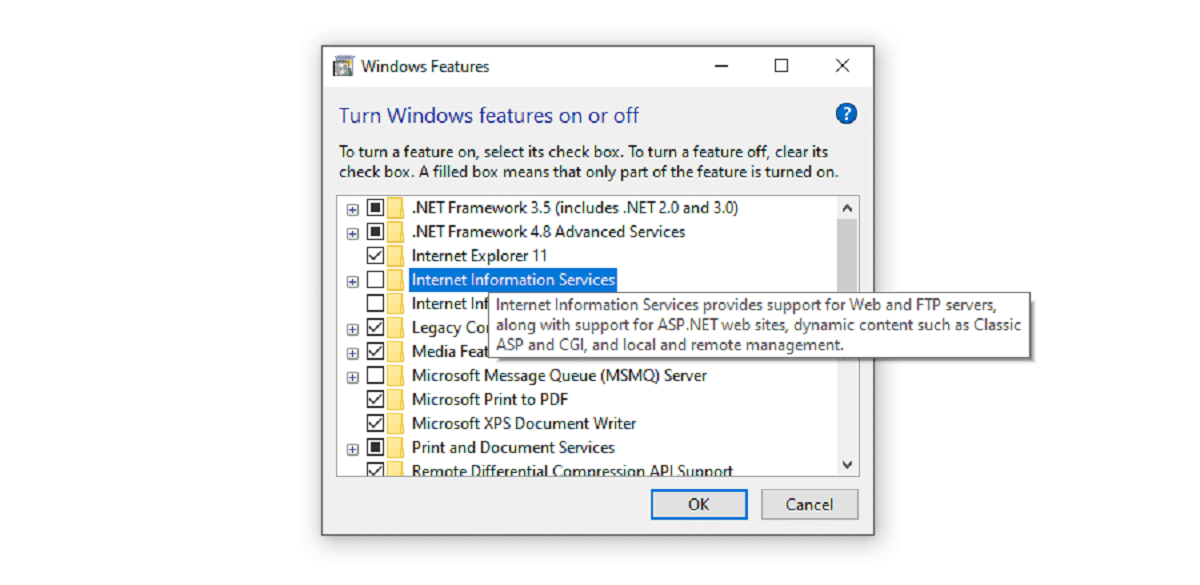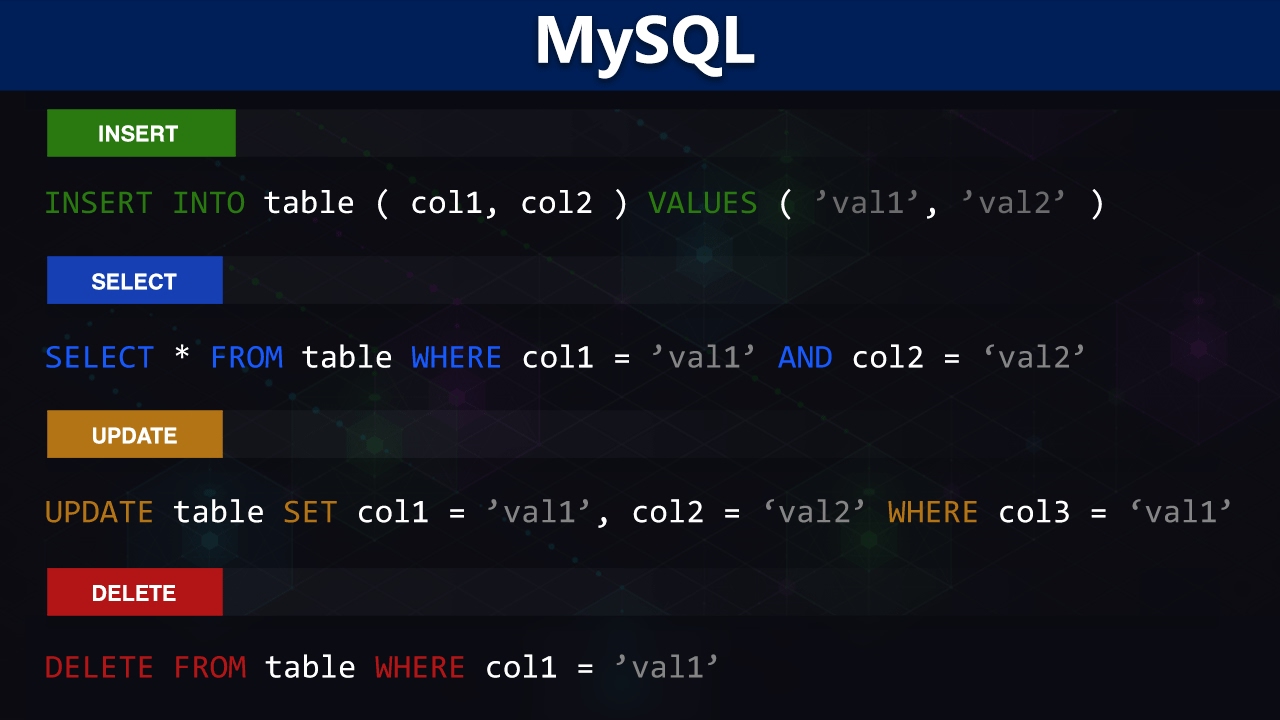Introduction
Checkboxes are commonly used in web forms to allow users to select multiple options from a list. They play a crucial role in collecting user input and processing it on the server side. In this article, we will explore how to show multiple checkboxes as checked using PHP.
When a form with checkboxes is submitted, the browser sends the values of the checked checkboxes to the server. In PHP, we can access these values using the $_POST or $_GET superglobal arrays. By manipulating these arrays, we can control which checkboxes are displayed as checked when the form is loaded or processed.
In some scenarios, we may need to pre-select certain checkboxes based on specific conditions or user preferences. For example, when editing a user profile, we may want to display the checkboxes that were previously selected by the user. By setting the checked attribute to “checked” for the desired checkboxes, we can achieve this functionality.
In this article, we will learn how to retrieve checkbox values in PHP, set checkbox values in PHP, and display checked checkboxes using PHP. Understanding these concepts will allow us to create dynamic and interactive forms that meet the needs of our users.
Understanding Checkboxes in HTML
Before we dive into the PHP implementation, let’s first understand how checkboxes are structured in HTML. Checkboxes are created using the <input> element with the type attribute set to “checkbox”.
Here’s an example of a simple checkbox:
<input type="checkbox" name="example" value="1">
<label for="example">Example Checkbox</label>The name attribute determines the key under which the checkbox value will be stored when the form is submitted. The value attribute is the value associated with the checkbox.
Within the <label> tag, we provide the label or text that appears next to the checkbox. The for attribute of the <label> tag should match the id of the corresponding <input> element. This association improves the accessibility and usability of the checkbox.
Checkboxes can also be grouped together by using the same name attribute for multiple checkboxes. This allows users to select multiple options from the group.
To illustrate this, here’s an example of multiple checkboxes:
<input type="checkbox" name="colors[]" value="red">
<label for="red">Red</label>
<input type="checkbox" name="colors[]" value="blue">
<label for="blue">Blue</label>
<input type="checkbox" name="colors[]" value="green">
<label for="green">Green</label>In this example, we use the same name attribute and add [] to it to create an array-like structure in PHP. The selected values will be stored as separate elements in the colors array when the form is submitted.
Now that we have a basic understanding of checkboxes in HTML, let’s move on to how we can work with checkbox values in PHP.
Getting Checkbox Values in PHP
When a form with checkboxes is submitted, PHP provides us with the ability to access the values of the checked checkboxes using the $_POST or $_GET superglobal arrays, depending on the form’s submission method.
To retrieve the checkbox values, we need to ensure that the name attribute of each checkbox is set correctly. For example, if our checkbox has the name attribute set as “colors[]”, PHP will treat it as an array when processing the form data.
Here’s an example of how to retrieve checkbox values in PHP:
$selectedColors = [];
if(isset($_POST['colors'])) {
$selectedColors = $_POST['colors'];
// process the selected colors
}In this example, we check if the $_POST['colors'] array exists. If it does, we assign its value to the $selectedColors variable. We can then process the selected colors array as needed.
If no checkboxes are selected, the $_POST['colors'] array will not be set, and we can handle that scenario accordingly in our code.
By accessing the checkbox values in PHP, we can perform validation, store the selected options in a database, or perform any other necessary actions based on the user’s selection.
Now that we know how to retrieve the checkbox values in PHP, let’s move on to the next section where we’ll explore how to set checkbox values in PHP.
Setting Checkbox Values in PHP
Setting checkbox values in PHP allows us to pre-select checkboxes based on specific conditions or user preferences. By setting the checked attribute to “checked” for the desired checkboxes, we can indicate which checkboxes should appear as already checked when the form is loaded or processed.
To set checkbox values in PHP, we typically use a loop to iterate over the options and compare them to the selected values from the user’s input.
Here’s an example of how to set checkbox values in PHP:
<input type="checkbox" name="colors[]" value="red" >
<label for="red">Red</label>In this example, we use the in_array() function to check if the value ‘red’ exists in the $selectedColors array. If it does, we dynamically add the checked attribute to the checkbox element, ensuring that the ‘red’ option appears as checked when the form is displayed.
By incorporating this approach with the necessary logic and conditions, we can effectively set checkbox values in PHP based on our application’s requirements and user input.
Now that we understand how to set checkbox values in PHP, let’s proceed to the next section where we’ll learn how to display checked checkboxes in PHP.
Displaying Checked Checkboxes in PHP
Displaying checked checkboxes in PHP involves dynamically generating the HTML for the checkboxes and setting the checked attribute for the selected options. This allows us to present the checkboxes with the appropriate items already checked based on the user’s input or stored data.
To accomplish this, we can iterate over the options and compare them to the selected values. If a match is found, we add the checked attribute to the checkbox element, indicating that it should appear as checked.
Here’s an example of how to display checked checkboxes in PHP:
<?php
$options = ['red', 'blue', 'green']; // Available options
$selectedColors = ['red', 'green']; // Selected options (from database or user input)
foreach($options as $option) {
$checked = '';
if(in_array($option, $selectedColors)) {
$checked = 'checked';
}
echo '<input type="checkbox" name="colors[]" value="'.$option.'" '.$checked.'>';
echo '<label for="'.$option.'">'.$option.'</label>';
}
?>In this example, we have an array of available options in the $options variable and an array of selected colors in the $selectedColors variable. We iterate over the options and check if each option exists in the selected colors array. If it does, we set the $checked variable to ‘checked’, indicating that the checkbox should appear as checked.
By dynamically generating the HTML for the checkboxes and setting the checked attribute based on the selected values, we can display the checkboxes with the appropriate items already checked in the user interface.
Now that we have learned how to retrieve checkbox values, set checkbox values, and display checked checkboxes in PHP, we have gained the necessary knowledge to create interactive and dynamic forms that cater to the user’s preferences.
Conclusion
Checkboxes play a vital role in web forms, allowing users to select multiple options. Understanding how to work with checkboxes in both HTML and PHP is essential for building interactive and dynamic forms.
In this article, we explored the concepts of retrieving checkbox values, setting checkbox values, and displaying checked checkboxes in PHP. By using the $_POST or $_GET superglobal arrays, we can access the values of the checked checkboxes and process them on the server side.
Using loops and conditional statements, we can dynamically generate the HTML for the checkboxes and set the checked attribute to display the selected options as checked. This allows us to pre-select checkboxes based on user preferences or stored data.
By incorporating these techniques, we can create user-friendly forms that enhance the overall user experience. Whether it’s validating the checkbox selections, storing the data in a database, or performing any other required actions, PHP provides the necessary functionality to handle checkbox inputs effectively.
Remember, checkboxes not only serve as a means to collect user input but also offer opportunities for personalization and customization. By utilizing the power of PHP, we can create dynamic forms that adapt to the unique needs and preferences of our users.
Now that you have a solid understanding of how to work with checkboxes in PHP, you can confidently implement these techniques in your web development projects, ensuring a seamless and intuitive user experience.









